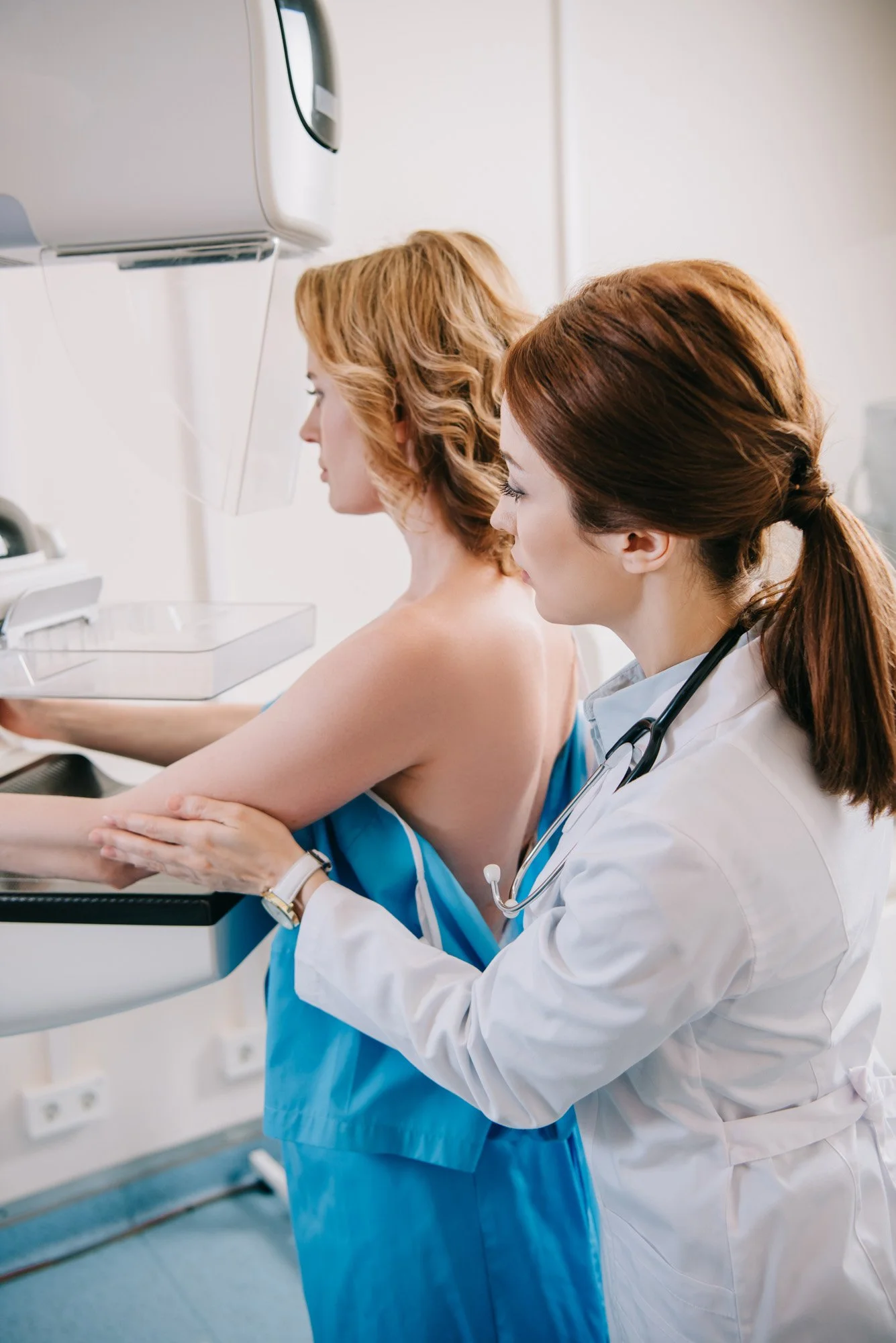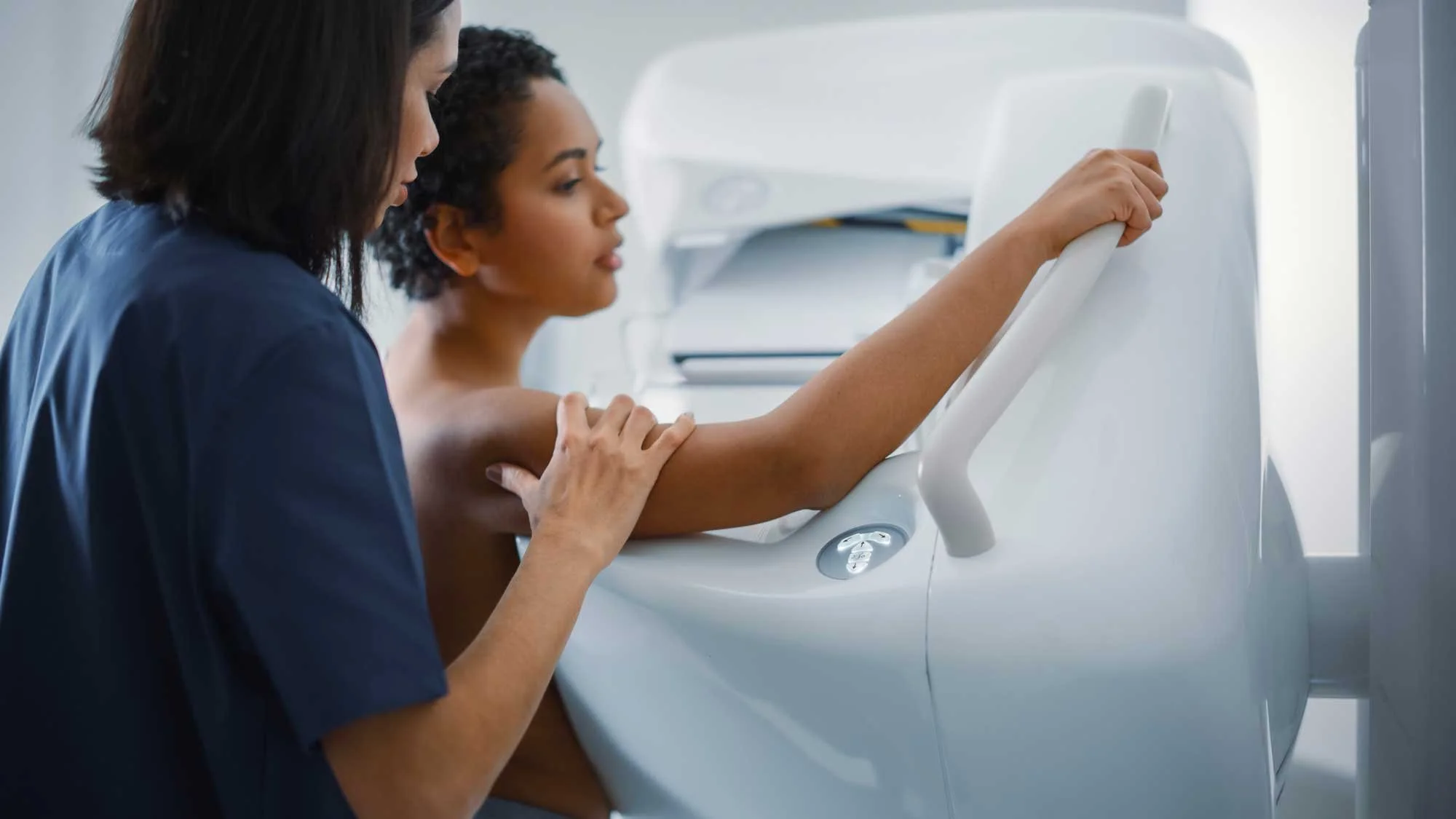
Contrast Enhanced 2D-3D Mammography

Next-Level Clarity for Complex Breast Imaging
When standard mammography leaves questions unanswered, Contrast-Enhanced 2D-3D Mammography (CEM) delivers greater clarity. This advanced imaging technique highlights areas of abnormal blood flow, making it easier to detect and evaluate potential concerns, especially in dense breast tissue or high-risk patients.

How It Works
Contrast-Enhanced Mammography uses a safe iodine-based dye injected into the bloodstream shortly before imaging. The dye travels to areas with increased vascular activity—often where tumors form—allowing these areas to appear more vividly on both 2D and 3D images. This dual imaging approach captures detailed breast tissue layers and contrast uptake patterns in a single session.
What’s the Difference Between 2D and 3D Mammography?
Understanding your imaging options can help you feel more confident in your care. Here’s how 2D and 3D mammography differ:
2D Mammography:
Captures flat images of the breast from two angles, top-to-bottom and side-to-side. It’s fast, effective, and commonly used for routine screenings. However, overlapping breast tissue can sometimes hide abnormalities or create false alarms.
3D Mammography (Tomosynthesis)
Takes multiple images of the breast from different angles and reconstructs them into thin, detailed layers. This “slice-by-slice” view reduces the chances of missing small cancers and cuts down on unnecessary callbacks by giving radiologists a clearer picture. This is especially helpful in women with dense breast tissue.
Why Choose CEM Over Standard Imaging?
-
Detects cancers that may be missed by traditional mammograms, especially in dense breasts.
-
Delivers comparable sensitivity in less time and at lower cost—ideal for patients who can't tolerate MRI.
-
Enhances lesion visibility, helping distinguish between benign and suspicious findings quickly.
-
Offers both functional and anatomical imaging in one visit, reducing delays in diagnosis and treatment planning.
Factors Influencing Risk:
-
Have dense breast tissue or inconclusive mammogram results
-
Are undergoing evaluation for a newly diagnosed breast cancer
-
Are considered high-risk and need more detailed screening
-
Cannot undergo MRI due to implants, claustrophobia, or kidney issues
What to Expect from a Contrast Enhanced Mammography
A small IV is used to administer a contrast agent, followed by a brief waiting period before taking 2D and 3D mammogram images. The entire exam lasts about 20–30 minutes, and our team is there every step of the way to ensure your comfort, monitor for rare allergic reactions, and walk you through the results with clarity.



